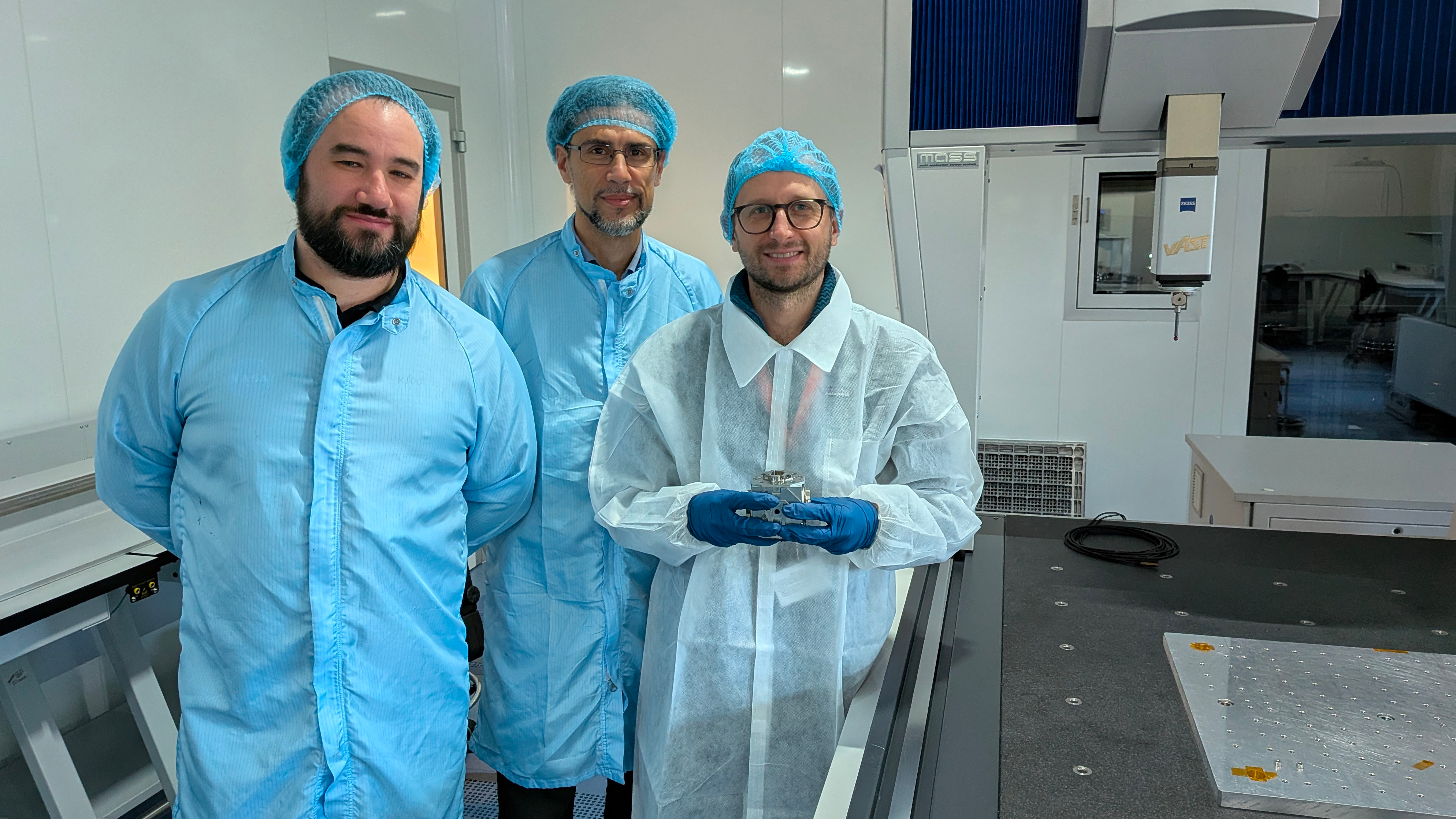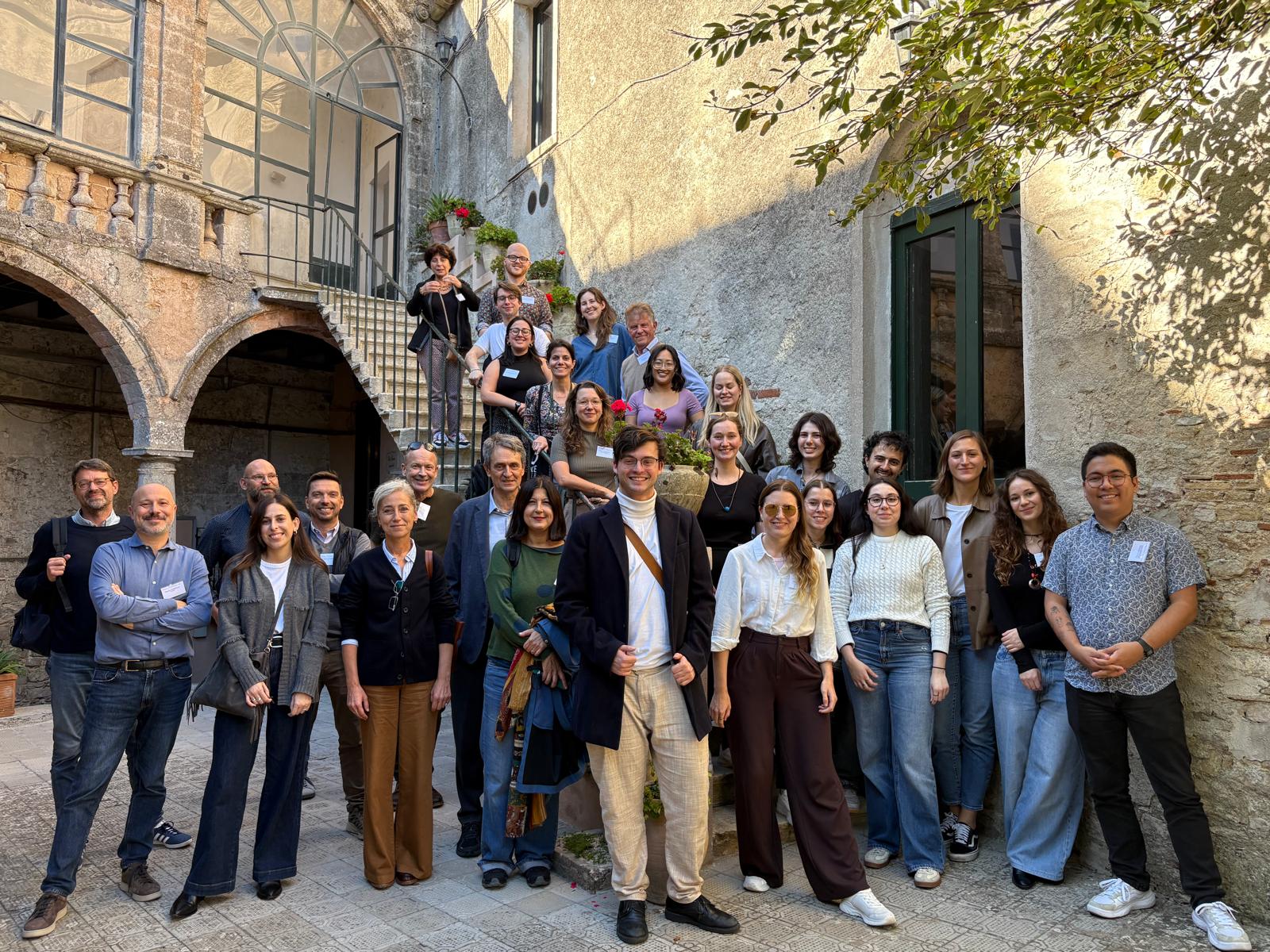 The European Commission announced today the legal formation of the European Multidisciplinary Seafloor and water-column Observatory European Research Infrastructure Consortium (EMSO-ERIC). The eight founding countries (France, Greece, Ireland, Italy, Portugal, Romania, Spain, UK; head office in Rome) of the consortium lead the world in this level of ocean observing coordination. EMSO is a technologically advanced pan-European Research Infrastructure of fixed seafloor and water-column observatories (currently 11 deep and 4 shallow nodes around Europe) among wich the neutrino observatory KM3NET e and the cabled observatory installed near the hoarbour of Catania. It provides power, communications, sensors, and data infrastructure for continuous, high resolution, real-time, interactive ocean observations and supports a truly multi-and inter-disciplinary range of research areas including biology, geology, chemistry, physics, engineering, and computer science, from polar to tropical environments, down to the abyss. www.emso-eu.org
The European Commission announced today the legal formation of the European Multidisciplinary Seafloor and water-column Observatory European Research Infrastructure Consortium (EMSO-ERIC). The eight founding countries (France, Greece, Ireland, Italy, Portugal, Romania, Spain, UK; head office in Rome) of the consortium lead the world in this level of ocean observing coordination. EMSO is a technologically advanced pan-European Research Infrastructure of fixed seafloor and water-column observatories (currently 11 deep and 4 shallow nodes around Europe) among wich the neutrino observatory KM3NET e and the cabled observatory installed near the hoarbour of Catania. It provides power, communications, sensors, and data infrastructure for continuous, high resolution, real-time, interactive ocean observations and supports a truly multi-and inter-disciplinary range of research areas including biology, geology, chemistry, physics, engineering, and computer science, from polar to tropical environments, down to the abyss. www.emso-eu.org
sito web EC: ec.europa.eu/research/infrastructures/index_en.cfm?pg=eric





